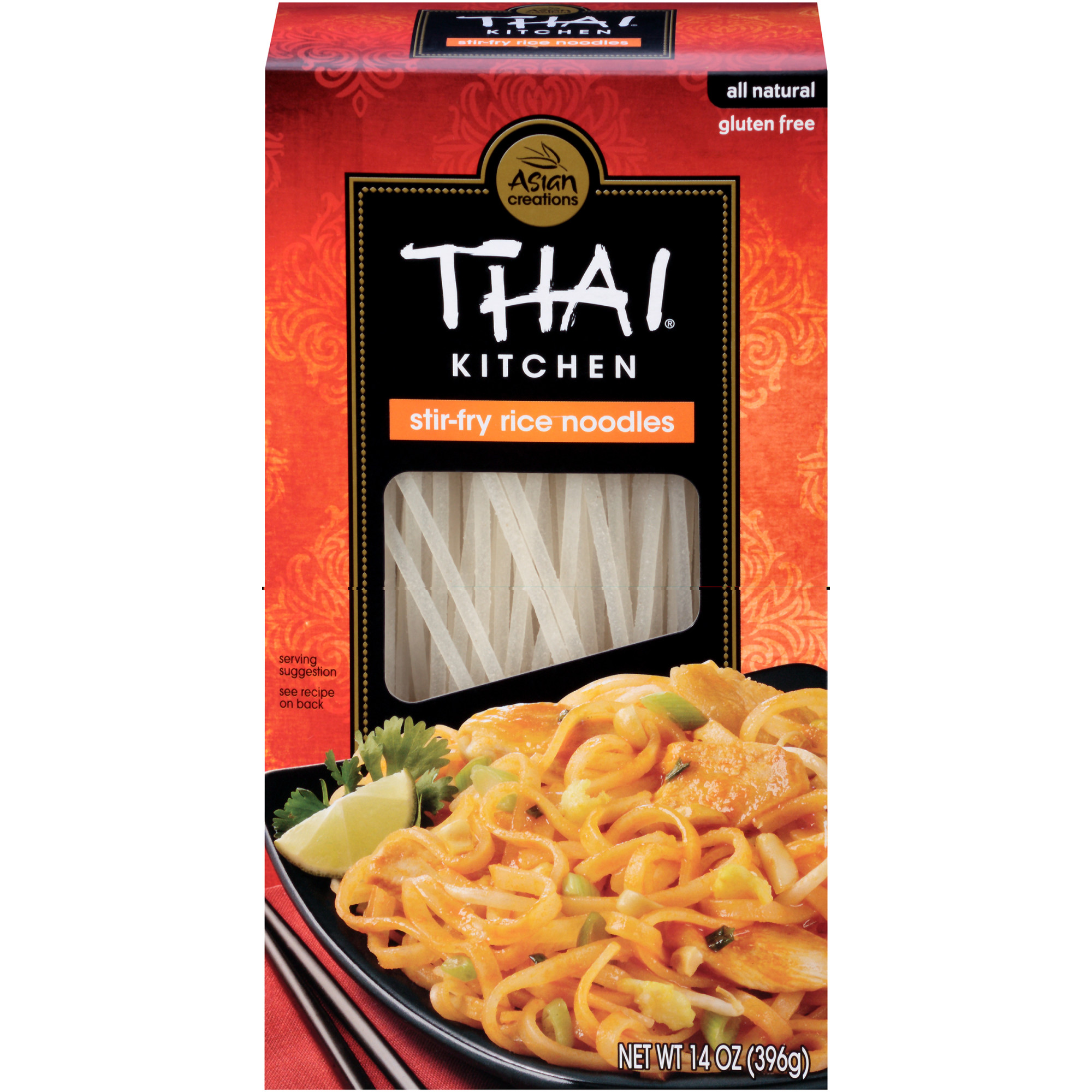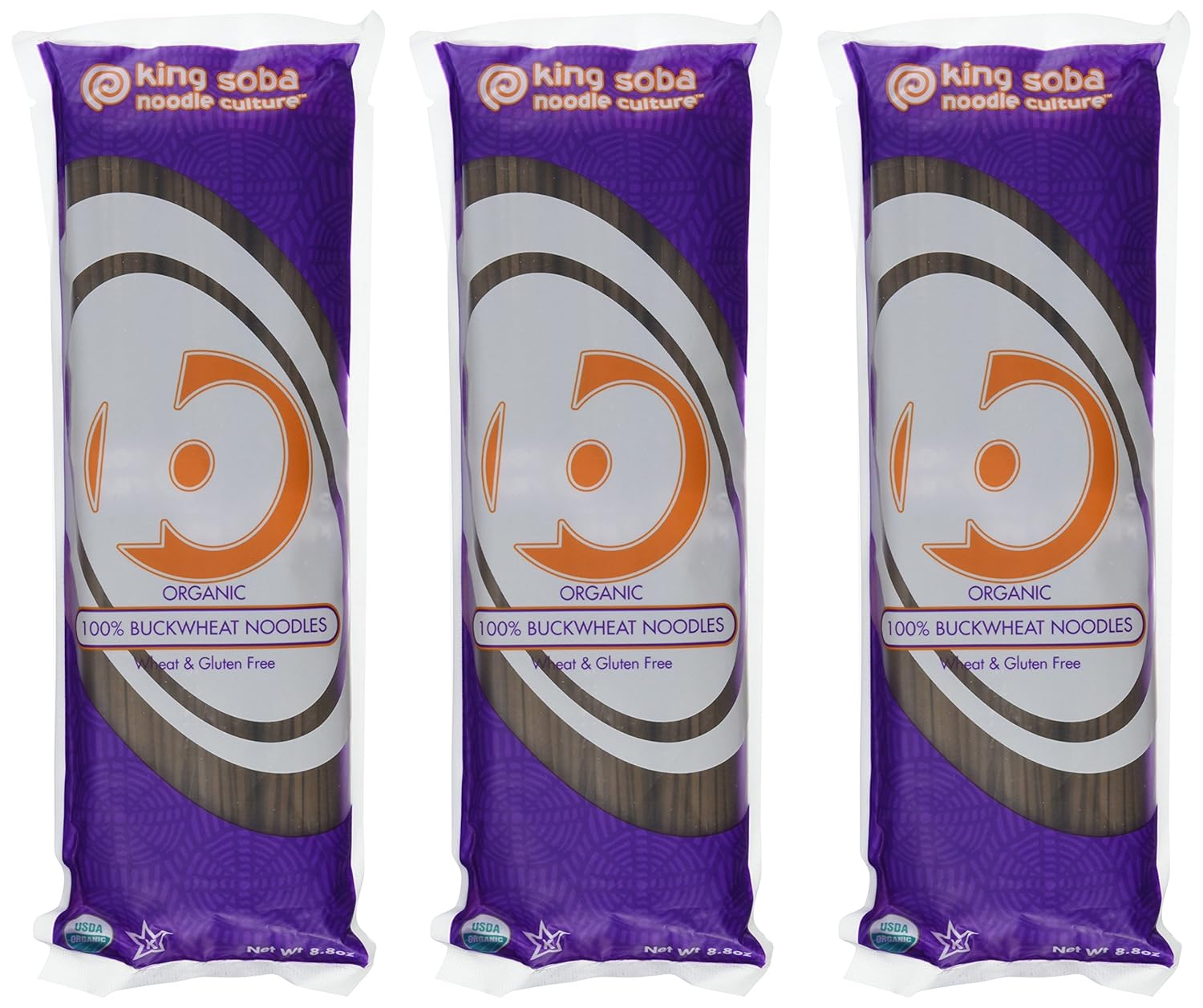
St. Patrick’s Day dinner may be synonymous with corned beef and cabbage (and soda bread), but there are lots of other traditional Irish dishes worth considering, and colcannon is one of the best. This version is from chef Huw Thornton, who wrote about colannon for us and shared his recipe back in 2014; it’s so good, we wanted to bring it back into the spotlight, so below is the original article in full.
Chef Huw Thornton has English and Irish roots, childhood memories of San Jose, California, and a cool Welsh name. In San Francisco, he cooked Italian at A16 and SPQR; in Oakland, he did pub modern at Tribune Tavern, where he no longer cooks but where he developed this crisp and unapologetically buttery colcannon. It’s as perfect next to corned beef as it is essential with fried eggs and sausages.
Like boiled dinner, milky tea, and Guinness, colcannon is pure Ireland. Traditionally on Halloween, a pot of potatoes mashed up with kale or cabbage and onions landed on the table for everyone to dip in with spoons, hoping to find the lucky ring or thimble buried in the mash: fun, definitely filling, but from a textural standpoint, boring. It occurred to me that colcannon had been around since at least the 18th century, long before there were food mills or even proper sieves in most homes—there must have been a much more rustic way of doing it back then. I was going for something much more like hash: melted, buttery onions, cabbage that retained some of its crunch, and crispy caramelized potatoes. You’ll never see a colcannon recipe that does this—that smashes the potatoes so that they’re chunky, exposing the interior so that as much of the surface as possible gets crispy, and that caramelizes them in two stages.
Butter adds flavor and creates the crisp texture—don’t be shocked by how much the potatoes absorb. Colcannon may be humble peasant stuff, but it’s also a celebration dish. You can serve it as a side for corned beef, boiled ham, or even steak, but there are ways to make it the center of a meal. Turn it into colcannon hash—the recipe here with chopped corned beef folded into the mix. Or spread colcannon in a baking pan, crack eggs in divots you’ve formed on the surface, and bake in a hot oven.
Huw Thornton’s Colcannon
Makes 8 servings
Ingredients:
- 3 pounds butterball or Yukon Gold potatoes
- 1 large yellow onion
- 1/2 a medium head of green cabbage, cored
- 2 sticks (8 ounces) unsalted butter
- 4 to 5 tablespoons grapeseed or canola oil
- 1/2 a small bunch of flat-leaf parsley, chopped
- 1 tablespoon kosher salt, plus more to taste
Instructions:
1. Add the potatoes to a large pot two-thirds full of well-salted water set over medium-high heat. Bring to a boil, then reduce the heat to keep the water at a slow simmer. Cook until knife-tender. Drain, spread gently on a baking sheet or platter, and cool. You could do this the day before.

2. While the potatoes are cooking, medium-dice the onion.

3. Cut the cabbage into 3/4-inch-thick slices.

4. Melt a stick of butter in a large sauté pan over medium heat. Sweat the onions with a large pinch of salt.

5. Cook the onions till they’re sweet, soft, and pretty much translucent but not browned.

6. Fold in the sliced cabbage. When it just starts to wilt, kill the heat. You want it to retain a little crunch.

7. Meanwhile, when the potatoes are cool, cut them in half.

8. Heat a large cast-iron skillet over medium-low heat, add a few tablespoons of the oil, then the halved potatoes. Make sure they’re in a single layer, position them so that the sliced side is down, and don’t crowd the pan—you want them to sear, not steam. When you put them in the pan and hear that medium pop, that’s a good sound. Once they’re like that don’t touch them, just let them sear so a nice caramelized crust forms. You’ll need to do this in a couple of batches.

9. Return the cabbage mixture, still in its large sauté pan, over low heat, and add all the browned potatoes. Using the flat side of a large meat tenderizer or a masher, roughly smash up the potatoes in the pan, barbarian style—they should be evenly broken up but still pretty chunky.

10. Cut the remaining stick of butter into four or five slices. Add the slices to the pan one by one, folding them in with a spatula or wooden spoon so they just melt into the mixture—this is the final stage before crisping and serving the colcannon. Turn off the heat and fold in the chopped parsley. Taste for salt. (Potatoes are really weird: You can salt the hell out of your cooking water, but there’s something to do with their makeup, the way they absorb flavors. You really have to taste and keep salting till they’re right.)

11. At this point you can fry the colcannon right away, or cool and refrigerate up to three days until ready for the final browning. This makes a large amount, so depending on how many people you’re feeding, you can serve it all at once or set some of the mix aside.
12. To finish, heat a cast-iron pan over medium-low heat with 2 to 3 tablespoons of oil. When hot, add your desired portion of potato mix and flatten with a kitchen spoon or metal spatula, like a hefty potato pancake, about 3/4 inch thick. You want this to be super rustic. Cook slowly, until the potatoes are well crisped and golden on the bottom—don’t be too aggressive or the onions will burn. It’s all about the gentle sizzle and taking your time. Keep checking the progress, noticing the growing smell of caramelizing buttery things.

13. Carefully flip and crisp the other side (if the cake breaks up, no worries; just pat it back into shape with the spatula). Remove with the spatula or flip onto a warmed serving plate and enjoy.

Visit our St. Patrick’s Day headquarters for more Irish (and Irish-American) recipes, plus festive advice, tips, and tricks for a perfect St. Paddy’s.
from Food News – Chowhound https://ift.tt/2EYuLA6
via IFTTT












































